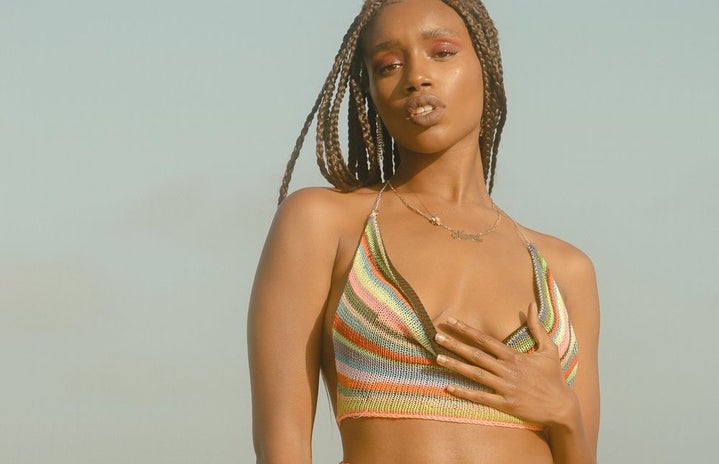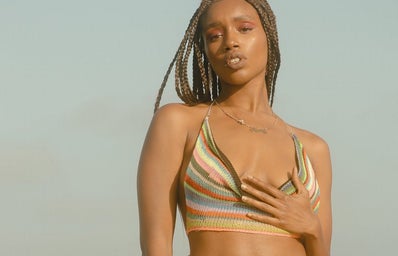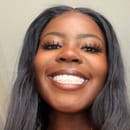It’s no secret that women’s bodies are commodified, sexualized and disrespected in American culture. The “perfect,” womanly silhouette has changed drastically across generations but recently has found its footing in the “slim-thick” look: a busty chest, small waist, large booty silhouette that every Instagram influencer liquidates and contorts their bodies to achieve. Some might attribute the pioneer of this shape to Kim Kardashian, while others recognize it as a historically Black silhouette. Regardless, we can all agree that the overrepresentation of an unattainable, exaggerated feminine figure results in increased self-esteem issues for our young girls.
But just like every other harmful prototype, young women of different identities experience this issue differently. The over-sexualization of this silhouette enables predators to exploit young Black women.
Enter: The Jezebel Syndrome. Unsurprisingly, much of this sexualization stems from the legacy of slavery. In biblical terms, Jezebel was the wickedest of women and an immoral seductress with no respect for Judaism. Through the pervasive nature of racism, this name has been reimagined into a stereotype for Black women.
When colonizers arrived in sunny, hot Africa, they interpreted women dressed for the climate as lewd. The idea of Black women being overly promiscuous was just one-way white colonizers were able to justify the rape, violence and assault of African women. In its non-exaggerated version, this body shape is predominantly possessed by BIPOC women, and many young Black girls begin growing into these curves at the start of puberty. As such, this is where the predatory behavior begins.
One in four Black girls will be sexually abused before the age of 18. The hypersexualization of Black bodies creates the perception of young Black women as sexually lewd and promiscuous, effectively stripping away the protections and innocence of childhood.

Everyone who has ever been subject to a dress code knows they are the bane of your school existence. Dress codes themselves unfairly target women of color. A young, curvy student is more likely to be dress-coded for wearing the same outfit as a thinner girl. The difference?
The same outfit on a thinner body shape is perceived as more appropriate and less sexualized because of the absence of curves.
Black schoolgirls in D.C. are 17.8 times more likely to be suspended from school than white girls. This disparity is compounded by the fact that Black girls often face academic repercussions for wearing headscarves, natural hair, braids and other protective styles to school.
Three Virginian schoolgirls of varying sizes and ethnicities wore the same outfit to school one day to prove this very point. Two of the three friends, the curvy and dark-skinned friends, were dress coded. The white friend was not.
Unfortunately, this is how the story goes. Everyone wants to be Black until it’s time to be Black. Black features and culture are desired, celebrated and fetishized on white women, while actual Black women are denied humanity for their self-expression. The struggle to protect Black girls and women is a tale older than this nation’s founding. Misogynoir, or the intersection of sexism and racism experienced by Black women, continues to display the way anti-Blackness permeates our society. Kids deserve to be kids, and women deserve respect—regardless of their body shape.



